When Brooks Brothers invented the ready-made suit in 1849, they set into motion a long chain of events that eventually led to the near collapse of custom tailoring. In the early days, ready-to-wear was quite crude. Today, it's sophisticated. Most ppl should shop off-the-rack. 
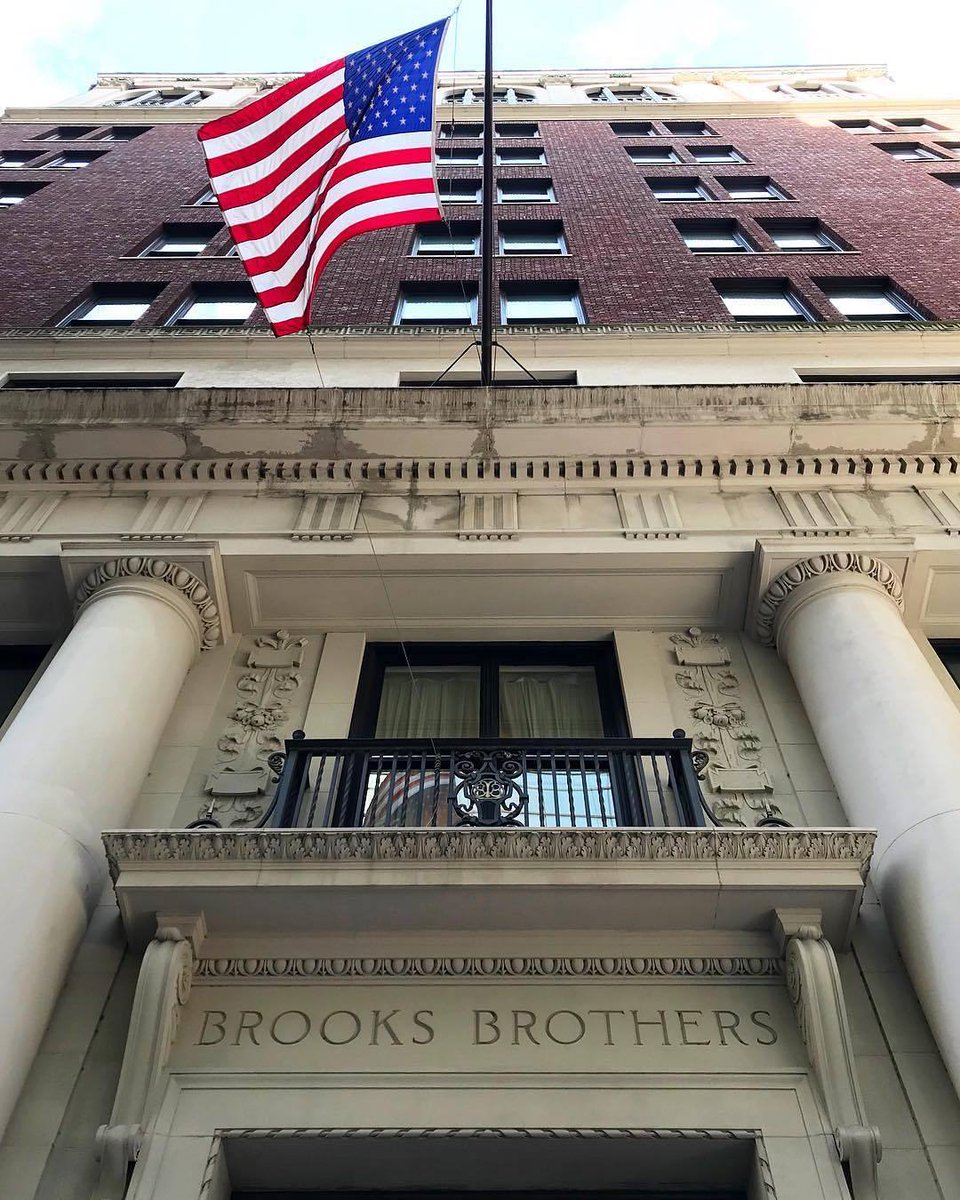
Dress shirts are the one area where custom tailoring still holds an edge over ready-to-wear, but much depends on how much you're already spending. Dress shirts can range anywhere from $20 to $2,000.
Pictured below: Brioni vs J. Crew
Pictured below: Brioni vs J. Crew
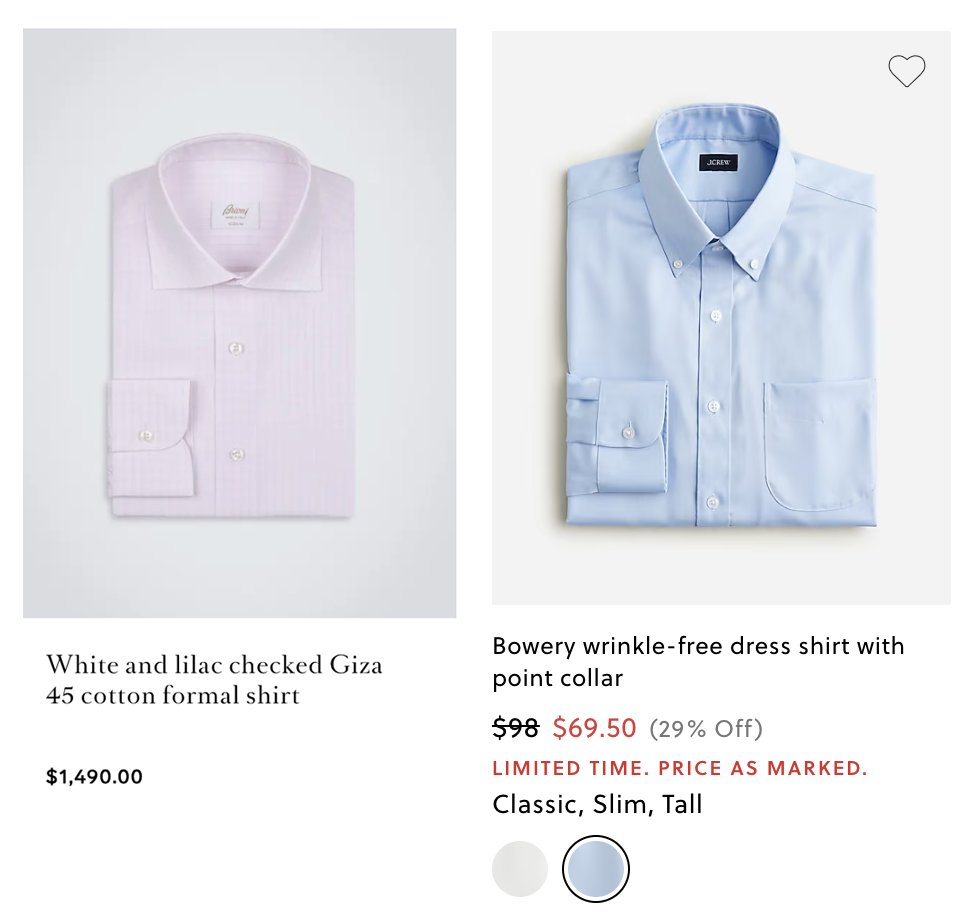
Above a certain price (say, $100), I think you should at least take a look at custom tailoring. This is partly because of how a shirt is built and how the fabric behaves. But to understand this, we have to review some very basic info about how clothes are made.
Every garment starts with a pattern, which is like its architectural blueprint. In bespoke, this pattern is ideally drafted from scratch. In made-to-measure, it's digitally adjusted off a block. In ready-to-wear, a company comes up with a pattern and hopes for the best. 
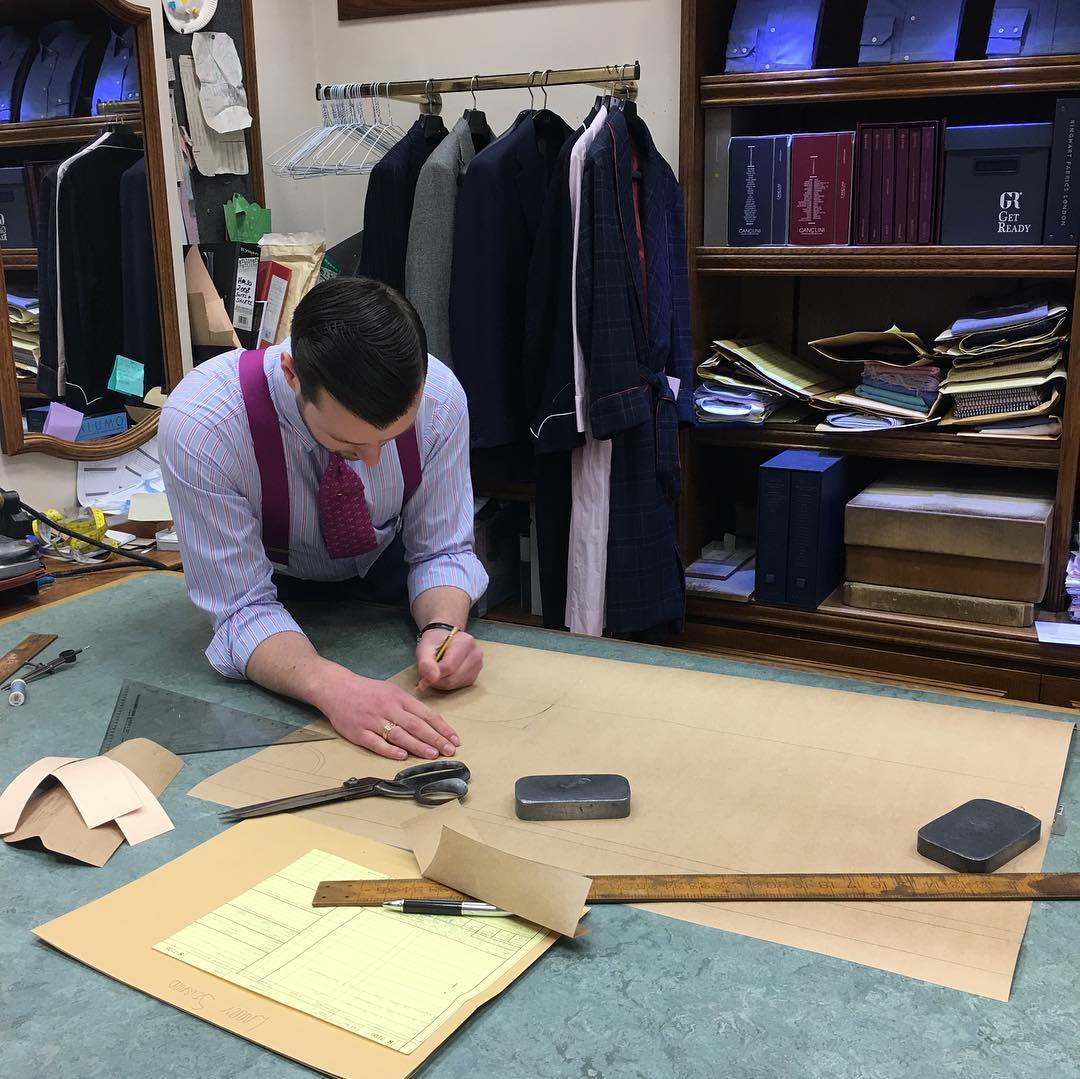
When the pattern doesn't match your body, this shows up in the form of lines (e.g., puckering, pulling, wrinkling, etc).
Another fundamental rule about tailoring is that it's easier to hide a bad fit with heavier fabric, as the fabric will drape better.
Another fundamental rule about tailoring is that it's easier to hide a bad fit with heavier fabric, as the fabric will drape better.
Shirts have to be made from lightweight fabrics, which means that it's very easy to spot a bad fit. Notice all the pulling along this shirt's placket. This indicates the shirt is too tight. 

You'll never completely eliminate wrinkles on a dress shirt because the fabric is so lightweight and your body moves (be reasonable). But just look at how clean this looks. This is a bespoke shirt from the French shirtmaker Charvet (one of the best in the world). 

By contrast, a shirt is too tight when you see pulling across the placket and lines forming under the armhole, stretching across the chest. If you see a line going from the neck to the armhole, the shirt's shoulder slope doesn't match your shoulder slope.




Nowadays, a bad fit often comes as a result of a shirt being too tight. But it's also possible for something to be too baggy. To be sure, bagginess can be a legitimate aesthetic. But compare the clean fit on the left with the baggy fit on the right.


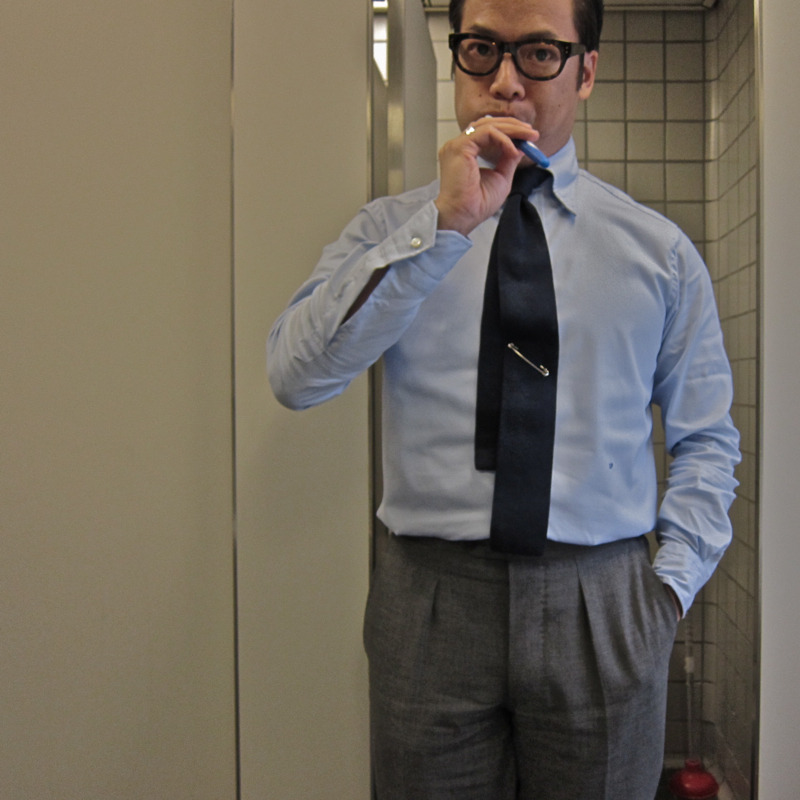

There's also the matter of style. As men's clothes have shrunk in the last 20 years, so have their details. It's common nowadays to find shirts with short, nubby collars. To me, a tailored outfit looks much better when the collar points reach the lapels. This creates clean lines




A shirt collar is also typically made with some kind of interlining. Depending on how the shirt has been made, this can cause the collar to be very stiff, curl, or behave strangely. A good design is about finding the right interlining for the wearer's desired look.




You can see the challenge: a good shirt is full but not baggy, cut for your body in a way so the fabric drapes cleanly. It should not cling or pull. The collar should have a pleasing appearance. A spread collar should reach your lapel; a button-down should have a full roll


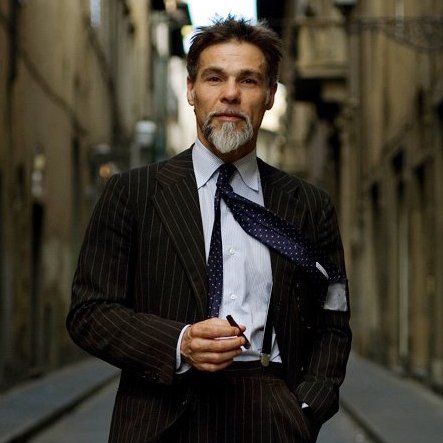

It can be difficult to get this in RTW because designers are constantly following trends and may not be making shirts that fit you. One solution to this is to find a custom shirtmaker if you can. 

If you live in a major city, this is easy.
NYC: CEGO and Geneva
Los Angeles: Anto and Divij Bespoke
San Francisco: Tailor's Keep
Divij Bespoke, Ascot Chang, Budd Shirtmakers, and Dege & Skinner also tour the US for trunk shows. Contact them for their schedule.
NYC: CEGO and Geneva
Los Angeles: Anto and Divij Bespoke
San Francisco: Tailor's Keep
Divij Bespoke, Ascot Chang, Budd Shirtmakers, and Dege & Skinner also tour the US for trunk shows. Contact them for their schedule.

Bespoke shirts typically start at ~$200. You can expect to be asked to buy a few shirts in the first order to justify the labor required to draft your pattern. If $200 is too expensive or you don't live in a major city, there's made-to-measure, which starts at ~$100 

Made-to-measure means your pattern was adjusted off of a block. Sometimes, this means you can't account for certain things, such as asymmetrically sloped shoulders (and everyone has a dropped shoulder, usually on the side with your dominant hand). But the fit can be pretty good
One of my favorites is @ProperCloth. They will make a custom shirt based on measurements of your body or your best-fitting shirt. They make everything: dress shirts, casual shirts, and even polos. You can also order fabric swatches first to see how they feel.




I like their Soft Ivy Button-Down and Soft Roma Spread collars best. When you get your first shirt, wash and wear it a few times, then check how it looks. They allow free remakes on first-time orders, so you can nail the fit. They offer great value
🔗: blst.to/K9A9qRM


🔗: blst.to/K9A9qRM


Some people, including my friend @DavidLaneDesign, have also gotten good results through Luxire. They have a workshop in India, and they're flexible with regard to sizing and styling.


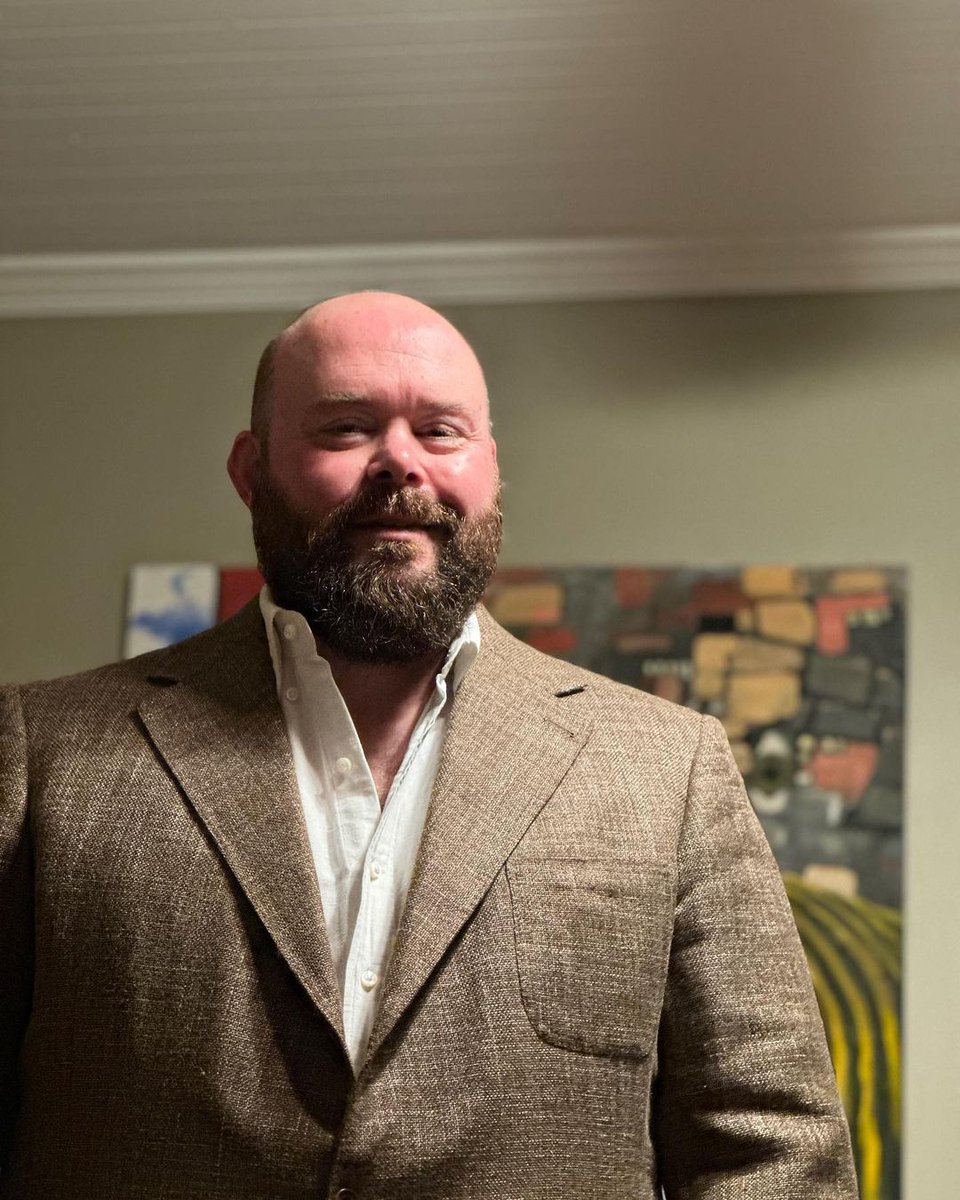

When working with Luxire, I think it helps to know a little about tailoring. And to have some patience, as you're doing custom tailoring remotely. You may have to end up doing a remake or two before nailing something down. But they do good work.
🔗: blst.to/skms3aK


🔗: blst.to/skms3aK


Lastly, if you're looking for something a bit more bohemian, try Post Romantic. They have workshops in Pakistan's Punjab region, making them among the most price-competitive. I particularly like how they're able to source unique fabrics, such as handloomed indigo cotton & silks.




My friend @urban_comp has used them with great success. Fit is less clean than Proper Cloth but these are also not supposed to be boardroom business shirts—they're fun, bohemian styles to be worn with casualwear
🔗: blst.to/bTwdiEG


🔗: blst.to/bTwdiEG


There are countless other options. Many reputable clothiers (e.g., @JPRESS_1902, @TheArmouryNYC, @HallMadden) have MTM shirt programs. Consider how much you value having someone in person to guide you through the process and fit you. It can be helpful to have that service.
The great thing about finding a custom shirtmaker is that once you nail the fit, ordering a new shirt is very easy. You no longer have to rely on brands to come up with the right design for you. You can also buy stuff designed to be tucked in. 

• • •
Missing some Tweet in this thread? You can try to
force a refresh

































